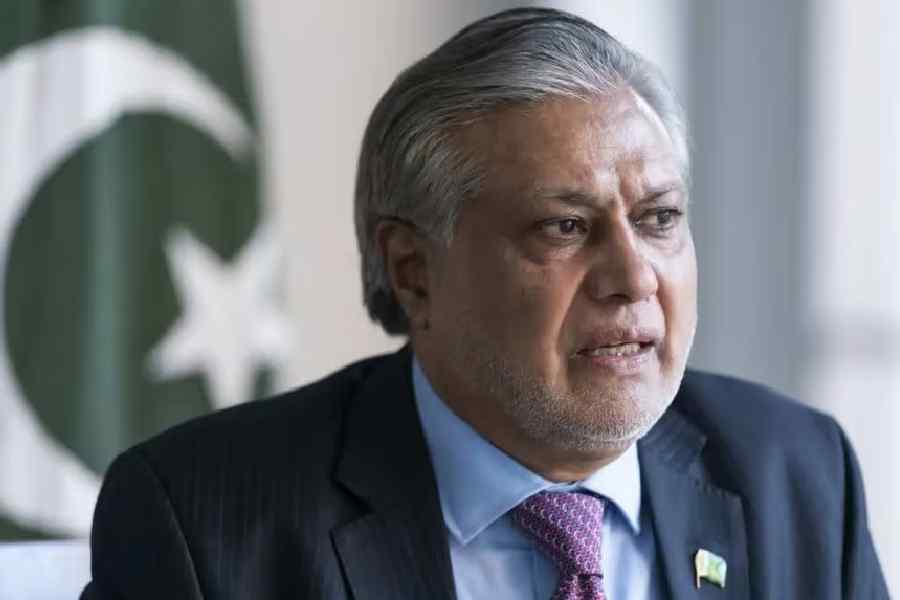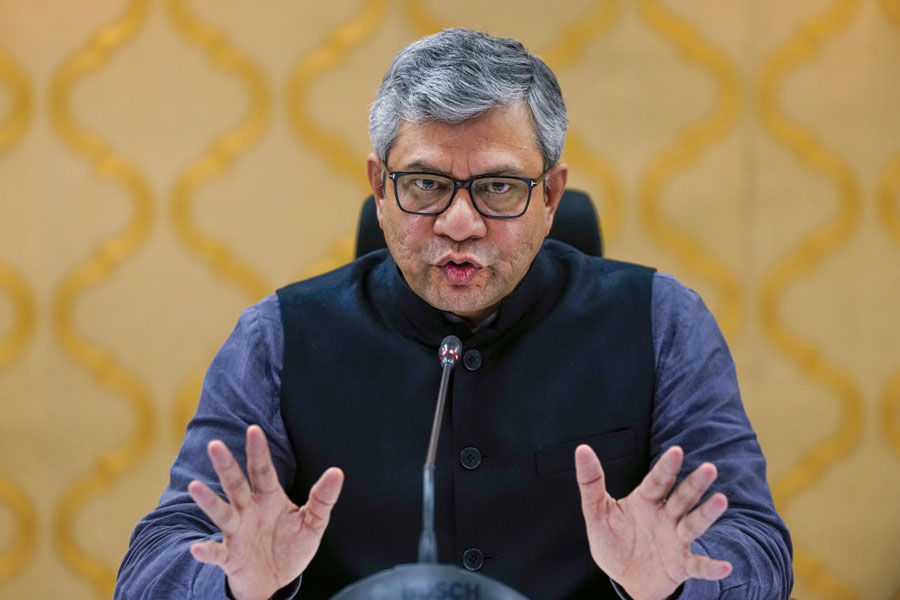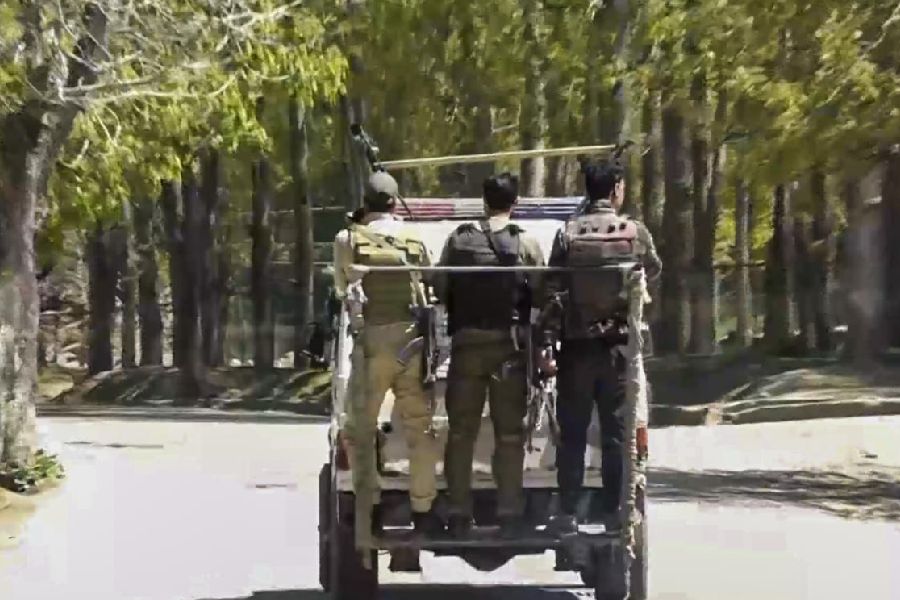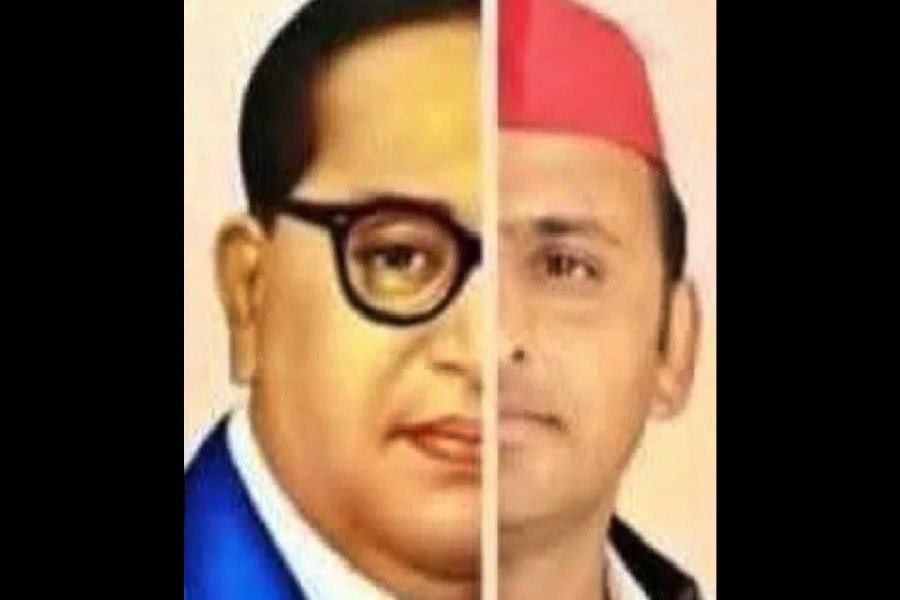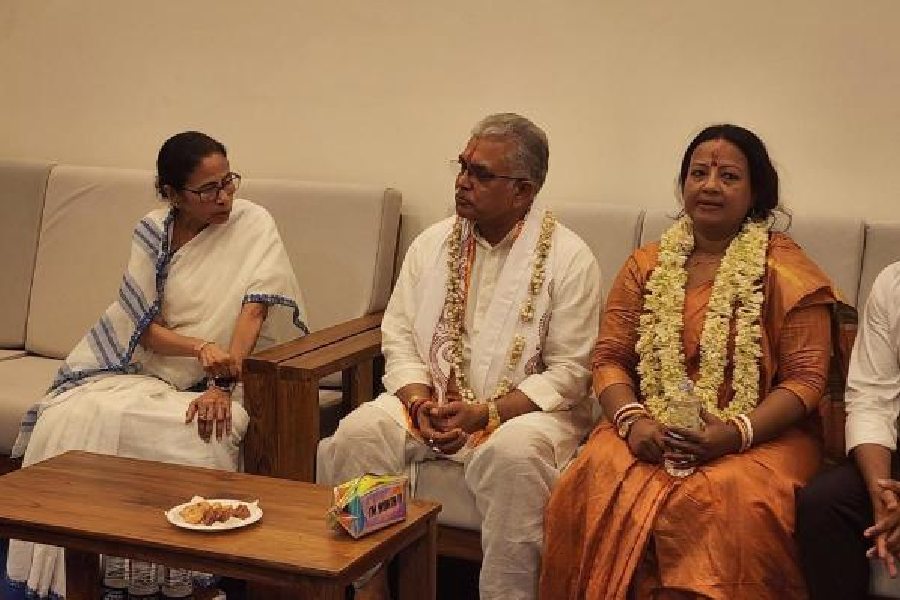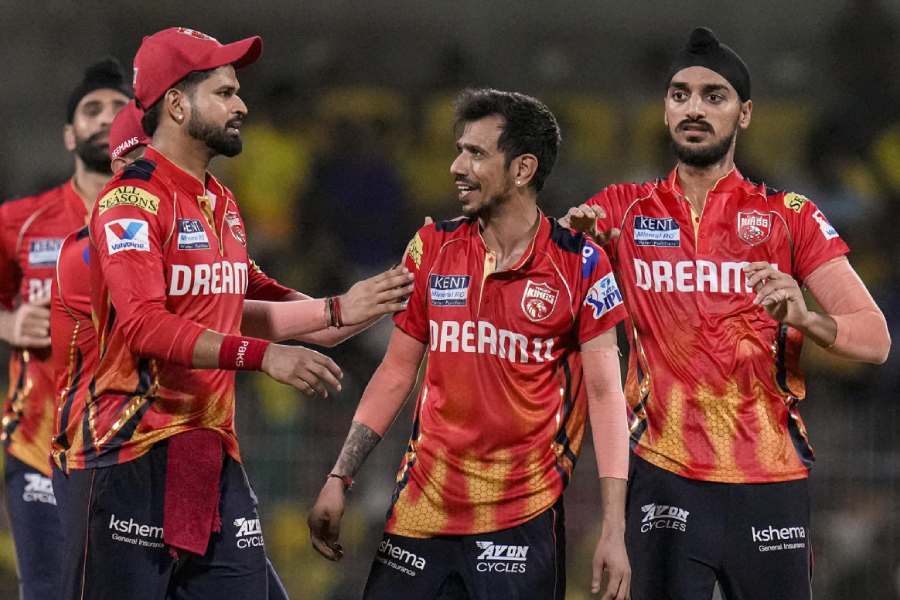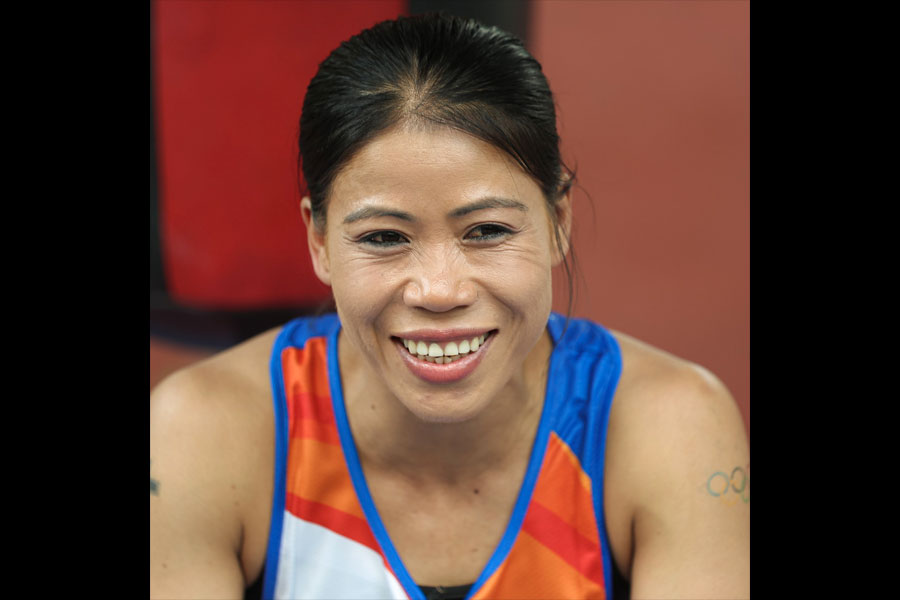It was a moment which White House television cameramen caught for posterity, but one which their Indian counterparts missed altogether. At the end of formal welcome ceremonies for the prime minister, Atal Behari Vajpayee, on the south lawn of the White House, the American president, Bill Clinton, led his honoured guest to the podium from which they were to speak to the media.
The president made his remarks first, effusive as usual about India, and then invited the prime minister to take his turn. But before Vajpayee took the stand, for a fleeting moment Clinton leaned over to the base of the speaker's stand making White House cameramen wonder what the president was up to. What he did was unusual. He personally pulled out the step at the base of the stand, made for guests who are considerably shorter than the president. Clinton is used to guests at the White House who are no match for him in their height - the late King Hussein, leaders from China, Japan, South Korea and so on.
But never before, according to White House staff, has he leaned over the speaker's stand and pulled out the stand for guests himself. That was what alerted the White House photographers - who are used to presidential motions on ceremonial occasions - to what Clinton was doing. If the Indian cameramen could not capture that rare moment on film, they could not be faulted because almost all of them were in the White House for the first time and could not have known the presidential routine there. But that is beside the point.
White House aides say every action, every move during the welcome ceremony had been worked out in advance. When the president was told in the weeks before Vajpayee's arrival in the United States that the prime minister was unwell, he took it upon himself to go that extra mile in being solicitous to his guest. The president told his staff that he would pull out the step on the speaker's stand himself for Vajpayee to stand on at the end of the ceremonial welcome.
He took the initiative not to have the guard of honour upon Vajpayee's arrival in the White House so that the prime minister's damaged left knee would not be strained by the brisk walk to inspect the guard. Again, it was the president who suggested that there should be no receiving line at the state banquet at the White House on the last day of Vajpayee's visit here. Imagine the strain on the prime minister if he were to stand up and shake hands with the 700-odd guests at the dinner. Yet, Clinton did not want to disappoint those who had come for the banquet. After Vajpayee left for the airport, he along with the first lady stood for hours personally receiving every single guest who had come for dinner.
The White House was interested in the substance of Vajpayee's visit, not in ceremony. It was unconcerned with images, it looked for progress in the agenda that Clinton and Vajpayee had drawn up together in New Delhi in March.
With the Indians, 'especially sections of the media, it was different. They faulted Vajpayee for the slowness of his speech, they said his remarks were tepid compared to those by Clinton. Had Mao Zedong visited Washington and the White House in his last years to return US president Richard Nixon's historic journey to Beijing, would the Americans have been interested in how the aged Chinese communist leader behaved before TV cameras? Or would they have been more concerned about what Mao could achieve in Washington?
The same yardstick should apply to Vajpayee's visit at a time his health is bad. The Americans are clearly satisfied by what the trip has achieved, even if Vajpayee created a poor impression before TV cameras. They believe he has provided the leadership that India needs to work with the US so that, as Clinton said, 'Together we can change the world'.
Admittedly, it is easier for the Americans to do this than for the Indians to accept it. It is difficult to imagine any country other than the US would have sent its president, Franklin D. Roosevelt, in a wheelchair to Yalta to meet Josef Stalin and Winston Churchill in 1945 and earlier to meet World War II allies in Casa-blanca, Teheran and Cairo. At these meetings, a handicapped Roosevelt decisively influenced the course of events.
But that is not all. Had the Americans voted differently four years ago and elected a Republican to the White House, they would have had as president Bob Dole, who cannot use his right hand as the result of an injury during the war. John F. Kennedy had chronic backache resulting from injury in a plane crash, much the same as Vajpayee now suffers from knee pain and is on painkillers and other anti-inflammatory drugs.
Yet the Indians could have managed Vajpayee's visit better if only protocol officials who came from New Delhi with the prime minister had applied their mind to the management of Vajpayee's public persona in Washington.
Officials who conducted the substantive part of Vajpayee's business did a commendable job. They were at their best even in the art of drafting. For instance, whatever assurance Vajpayee may have given Clinton on the comprehensive test ban treaty, the prime minister's officials ensured that he will be insulated against criticism back home that he had sold out to the Americans on the issue of future nuclear tests.
In the joint statement in which India has once and for all given up its nuclear option, they have clearly introduced a proviso. 'They (Clinton and Vajpayee) reiterated their respective commitments to forgo nuclear explosive tests,' said the joint statement. 'India reaffirmed that, subject to its supreme national interests, it will continue its voluntary moratorium until CTBT comes into effect.' The phrase 'subject to its supreme national interests' is an insurance which Indian officials with excellent drafting skills insisted upon in order to protect their prime minister against domestic criticism. Had not Karl Inderfurth, the assistant secretary of state for south Asia, let the cat out of the bag, the significance of this phrase would have gone unnoticed.
At a briefing in Washington, Inderfurth was pointedly asked about the progress on CTBT at the Clinton-Vajpayee summit. He conceded that fresh ground had been broken at the summit and reported progress. But he also dismissed the phrase 'subject to its supreme national interests' as virtually meaningless. Because CTBT itself contains a clause which takes into account 'supreme national interests' while testing nuclear bombs. But to get back to the protocol officials from New Delhi who were, to say the least, an albatross around Vajpayee's neck in Washington. While the Americans had worked out every step to be taken by the prime minister and the president, protocol officials failed to convey these to Vajpayee.
As a result, Vajpayee appeared lost on several occasions, not knowing what to do, unable to anticipate his host and keep up with him. It added to Vajpayee's discomfiture from the knee pain. At the joint meeting of the congress, for instance, protocol officials hijacked Vajpayee instead of leaving him to Indian officials at the embassy in Washington who knew congressional proceedings and could have told him what to do.
The awkwardness caused when Vajpayee failed to greet the speaker on arrival and had to be nudged to do so could have been avoided had he been in the hands of embassy officials. Equally distressing was his reaction to a chair to seat him in the congress. The lapse is unforgivable because one key protocol official from South Block who travelled with Vajpayee had earlier visited Washington to work out the nittygritty of Vajpayee's trip. Obviously, this protocol official treated this as a junket to the US rather than as a working trip to firm up every aspect of the prime ministerial itinerary. Fortunately for Vajpayee, the official in question will not remain in protocol long enough to inflict any further damage on Vajpayee's foreign trips in future.
An unreported tailpiece to the prime minister's presence in Washington: his visit made it possible for owners of several formal apparel shops to laugh all the way to the bank. White House dinners require guests to arrive in tuxedos, not just lounge suits. The 700-plus guest list for Clinton's banquet for Vajpayee created such a demand for tuxedos among the Indian delegation and Indian Americans that shops renting out the formal outfit, complete with lacquered shoes, waistbands, bow ties and black cufflinks were besieged with demands for formal wear. Of course, Indians had the option of going for the banquet in 'bandhgalas', but many did not want to miss the opportunity to wear a tuxedo. One member of the Indian delegation spent over $ 1200 buying a tuxedo set, which he may not wear ever again.
The tuxedos were a fitting finale to a high profile visit. Even though officials of Andrews Air Force Base were somewhat bewildered to find some members of the Indian delegation using the base to hurriedly get out of their rented tuxedos, hand them over to Indian embassy officials and dart into the prime minister's plane in their own clothes minutes before taking off for India.
 Thursday, 01 May 2025
Thursday, 01 May 2025

